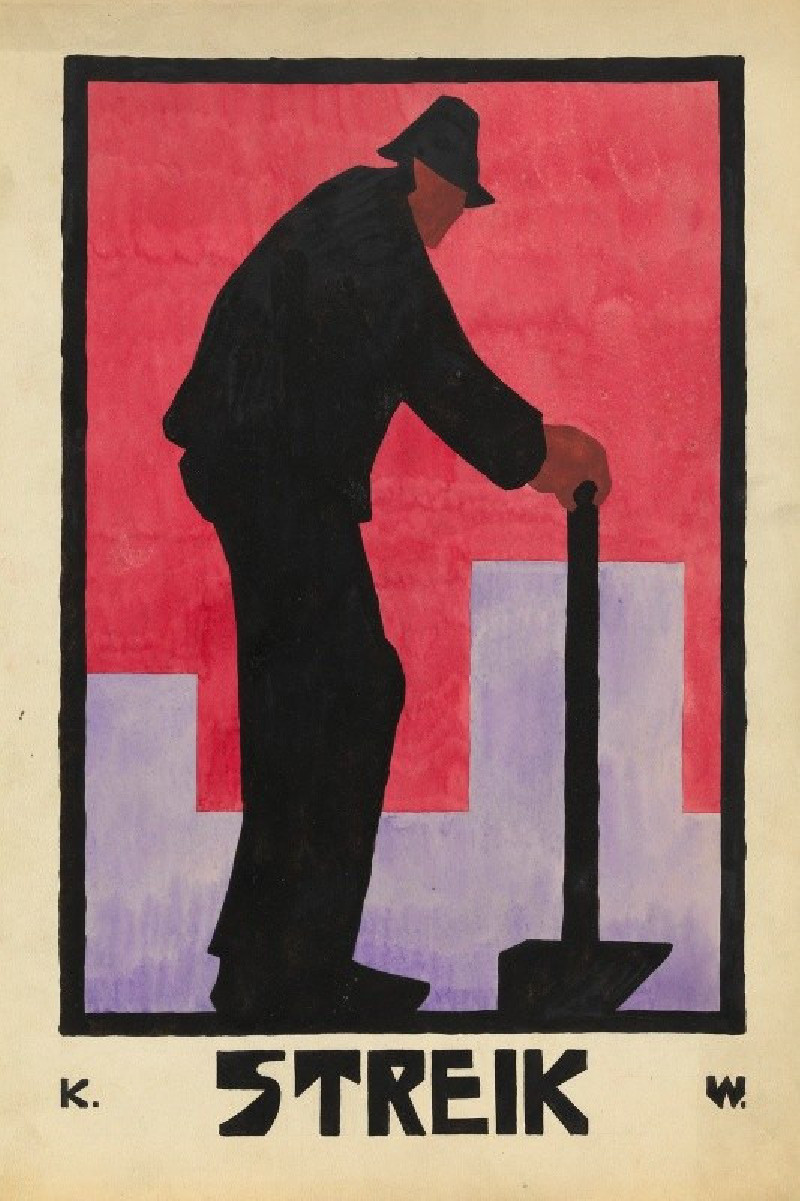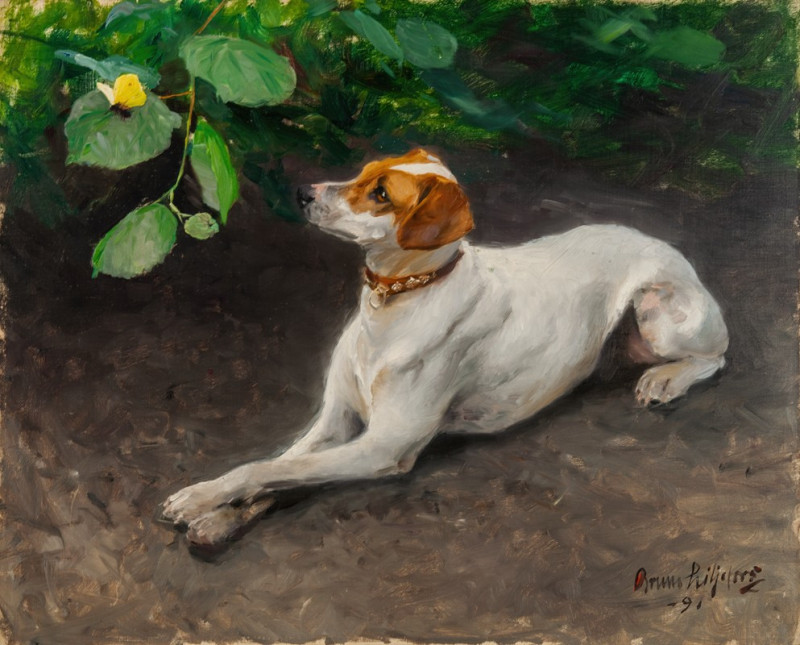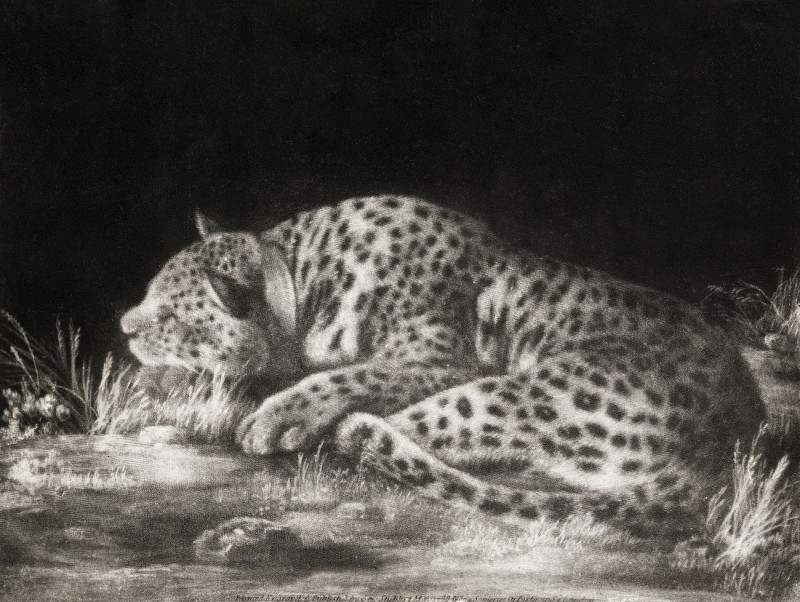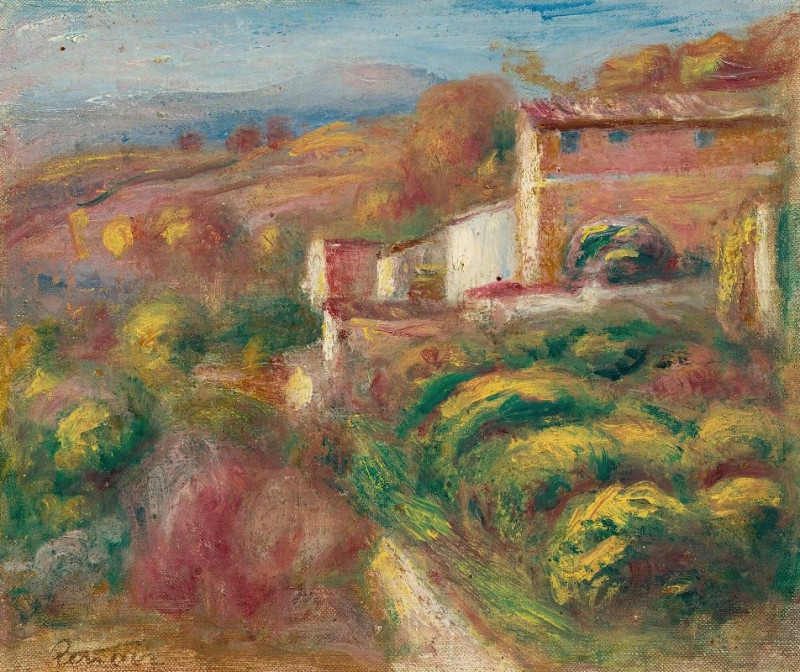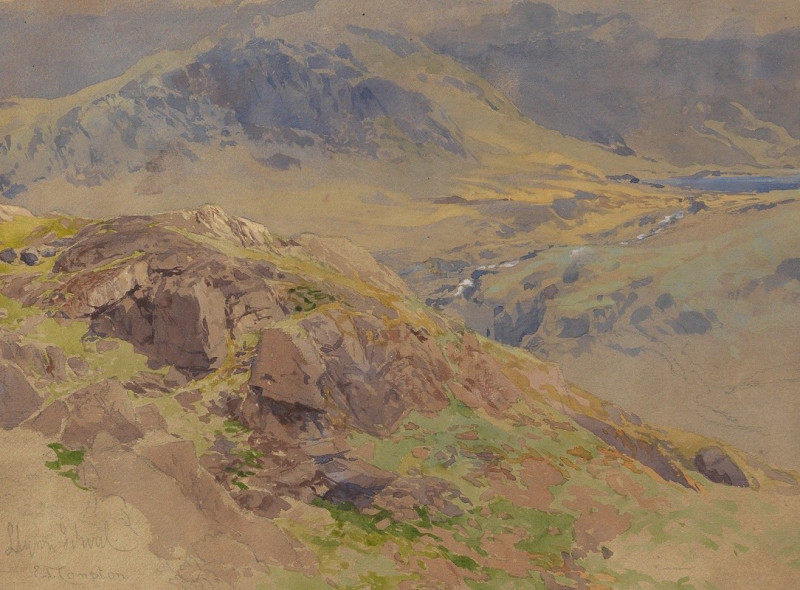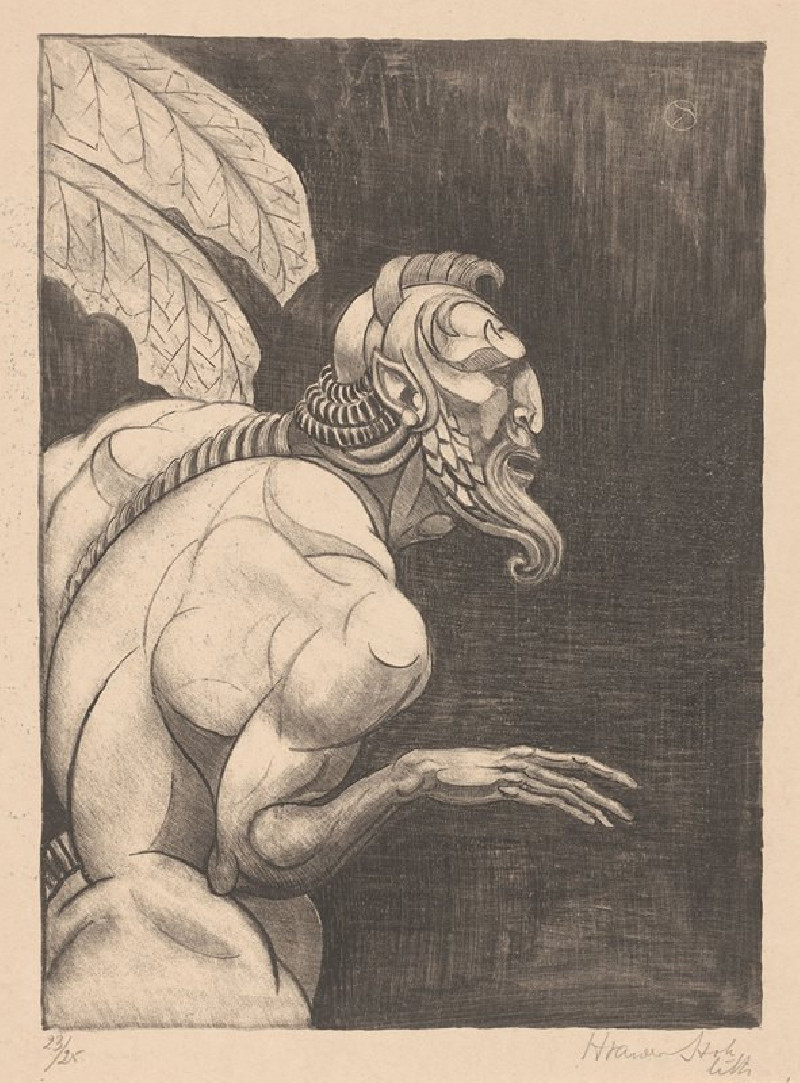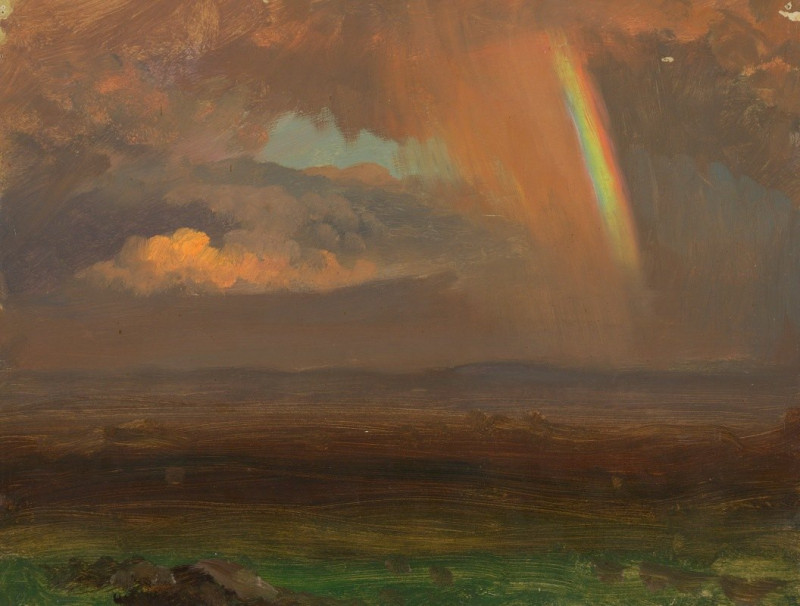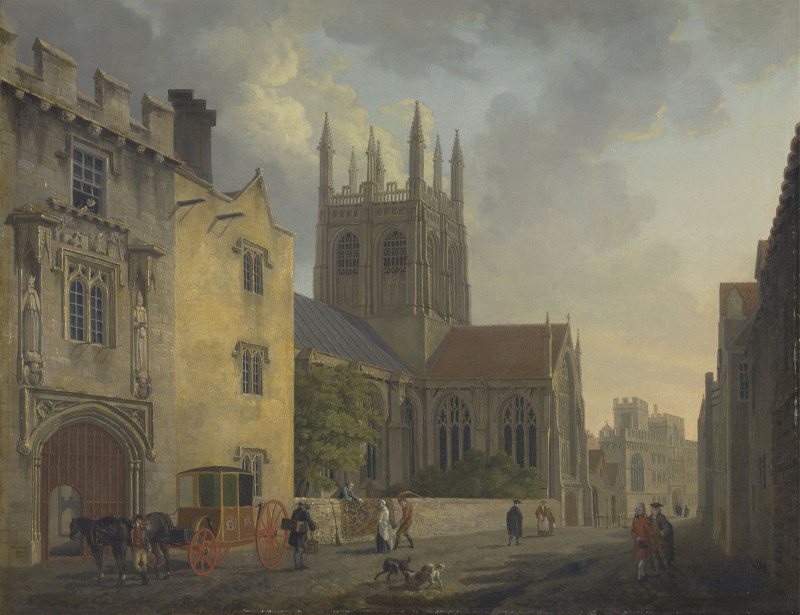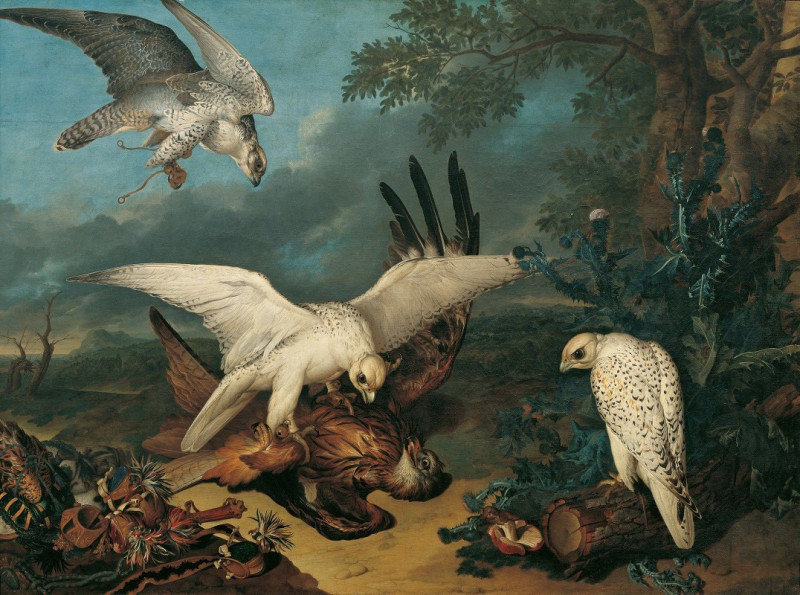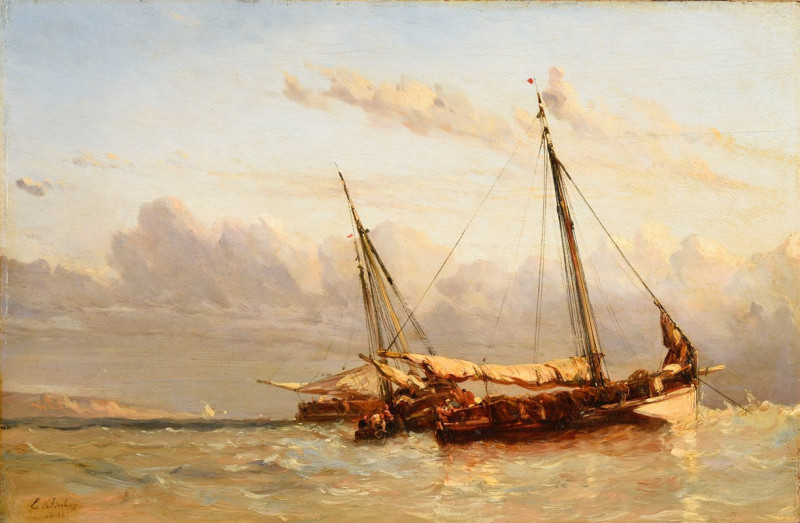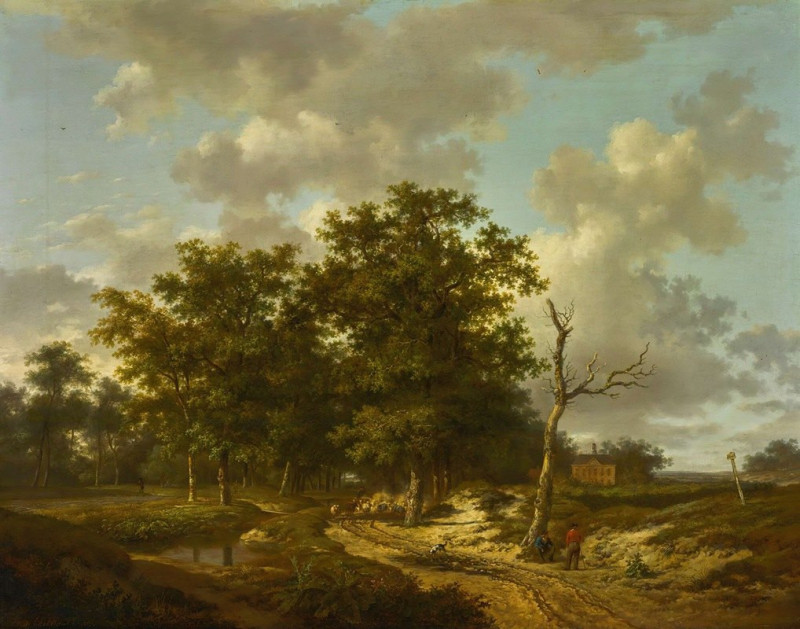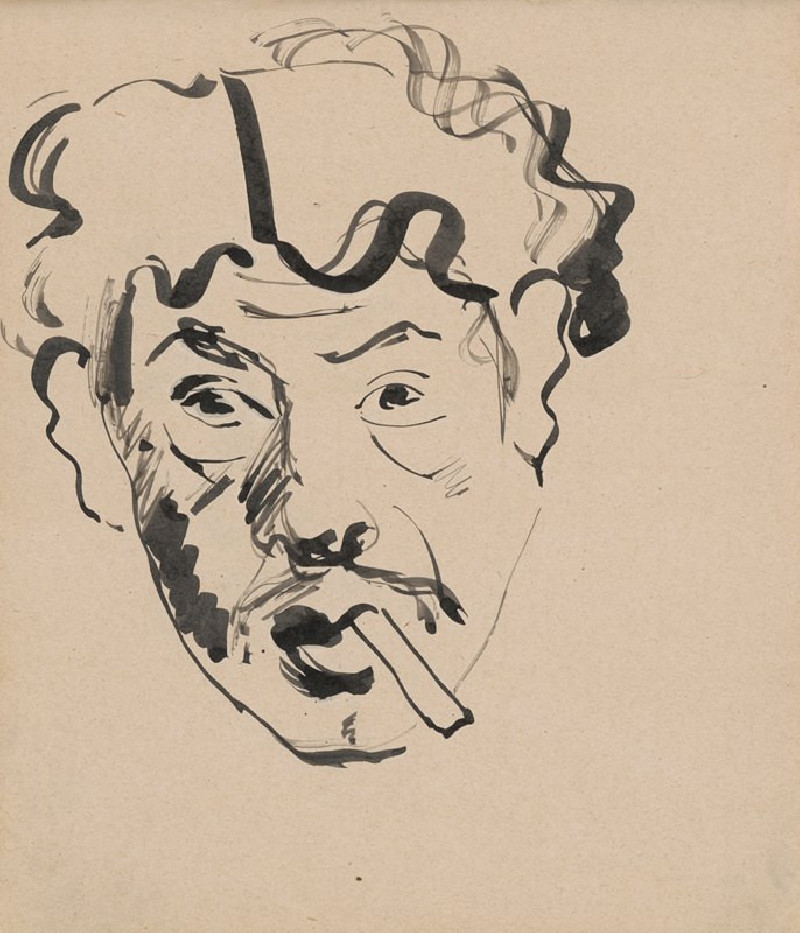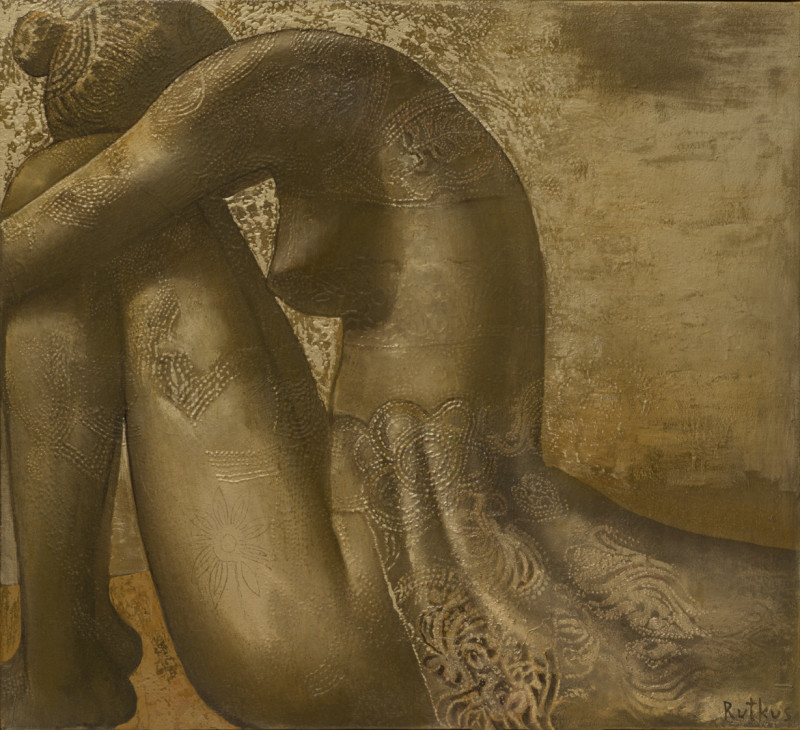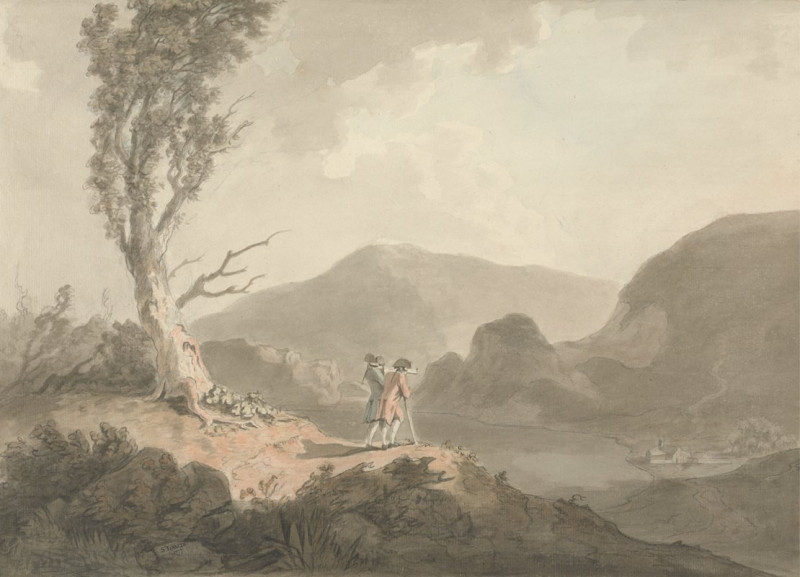Streik (around 1923)
Technique: Giclée quality print
Recommended by our customers
More about this artwork
"Streik" is a compelling piece by Karl Wiener, created around 1923. This painting is a striking example of art as a form of social commentary. It depicts a solitary figure, a worker, seen in silhouette, who leans over a shovel. His posture and the tool itself suggest labor and toil, yet his action is paused — reflective of the painting's title, "Streik," the German word for "strike."With its bold, flat colors and stark, simplified forms, the artwork conveys a sense of urgency and monumentality. The background's vivid red suggests a charged atmosphere, possibly evoking the tension and passion associated with strikes and workers' movements of the early 20th century. The rectangles in muted purple tones behind the central figure might symbolize the factories or urban settings typically associated with such uprisings.Karl Wiener's style here is expressionistic but tempered by a graphic simplicity that enhances the painting's emotional and political impact. This image not only serves as a visual expression of worker solidarity but also as a historic reminder of the labor struggles that have shaped modern history.

